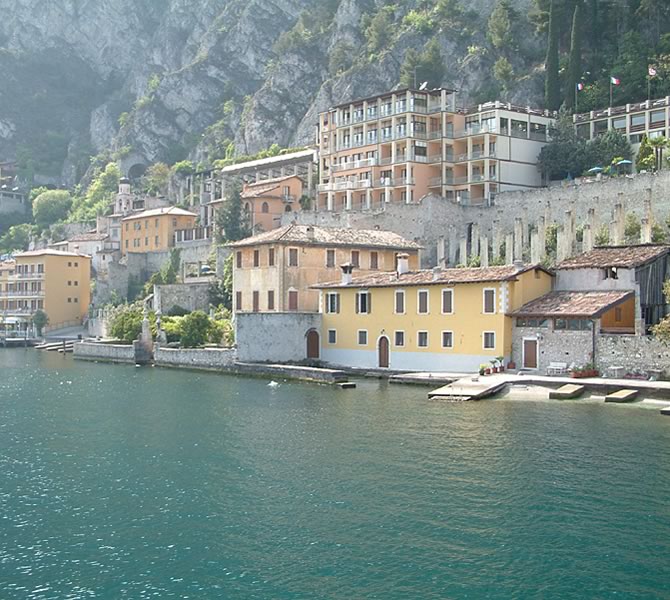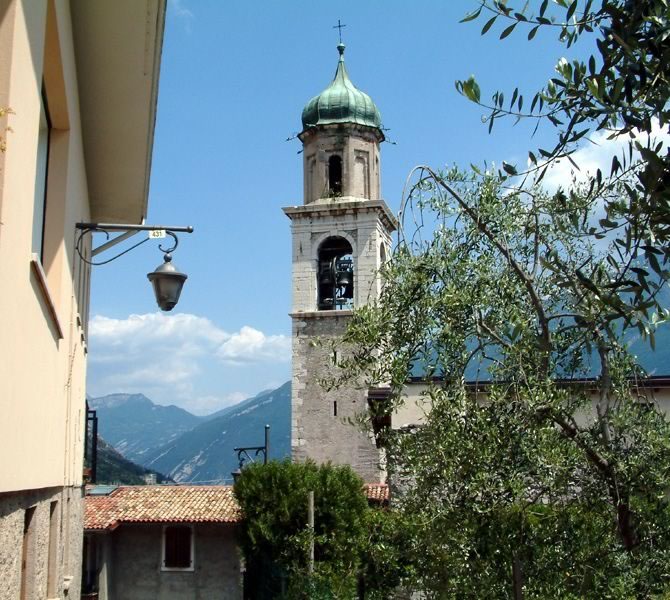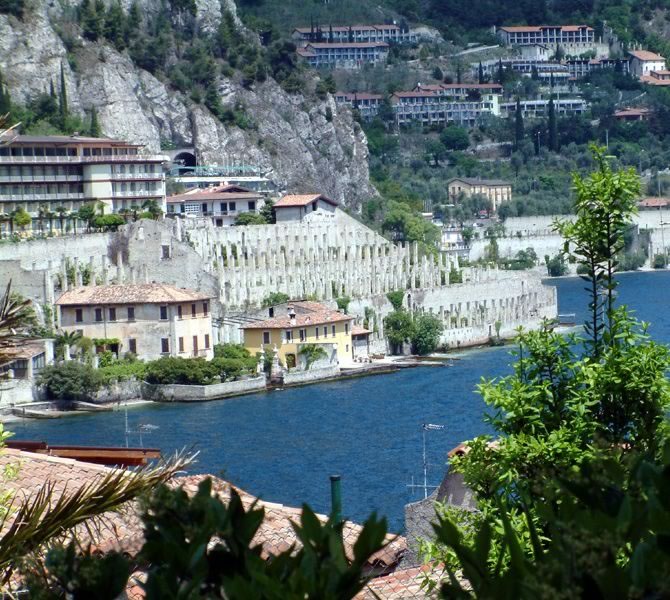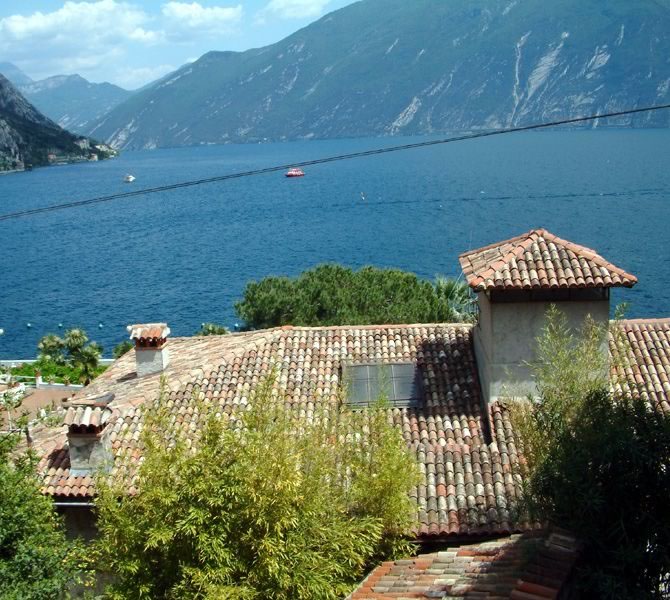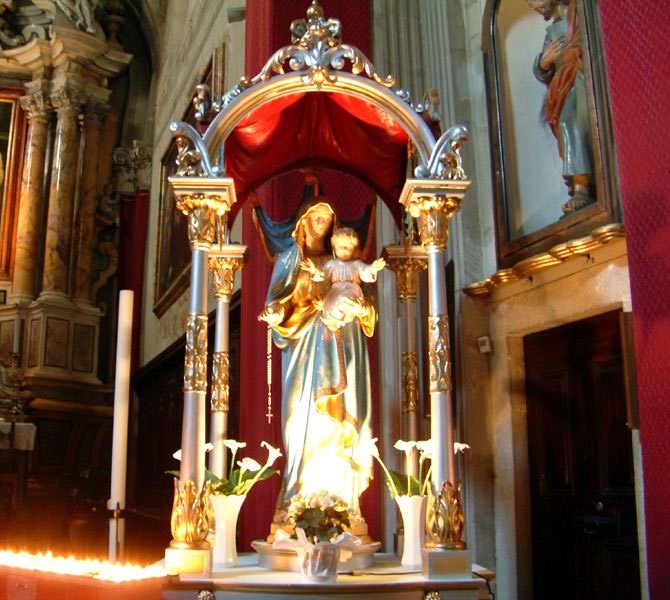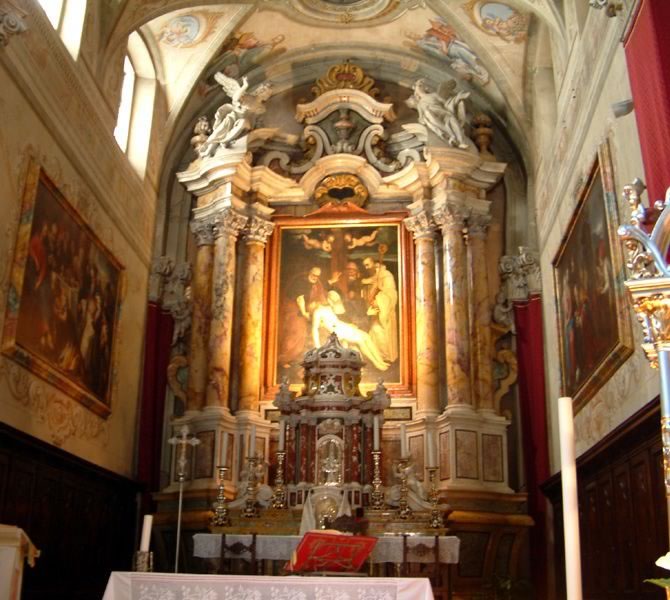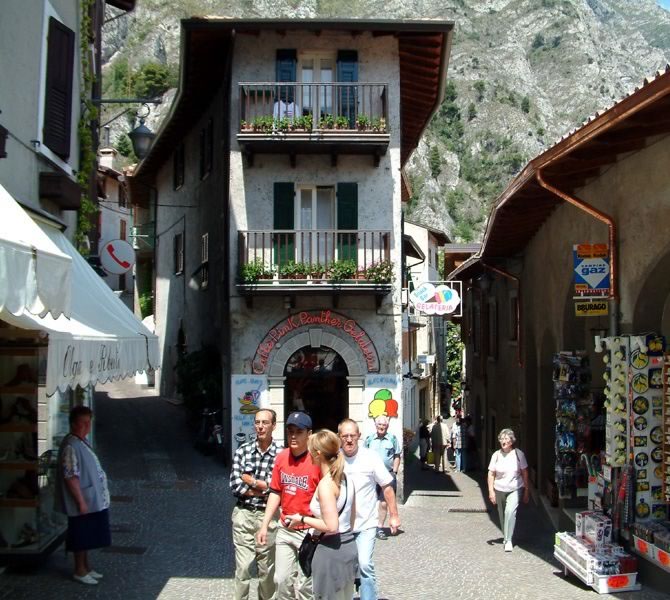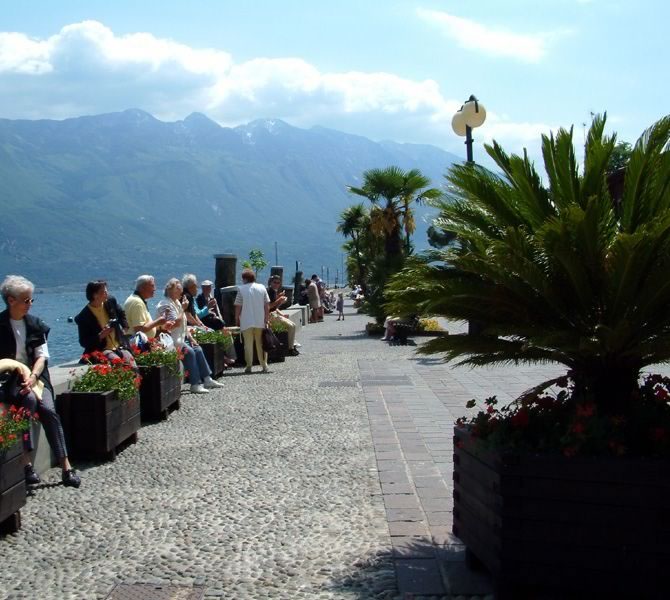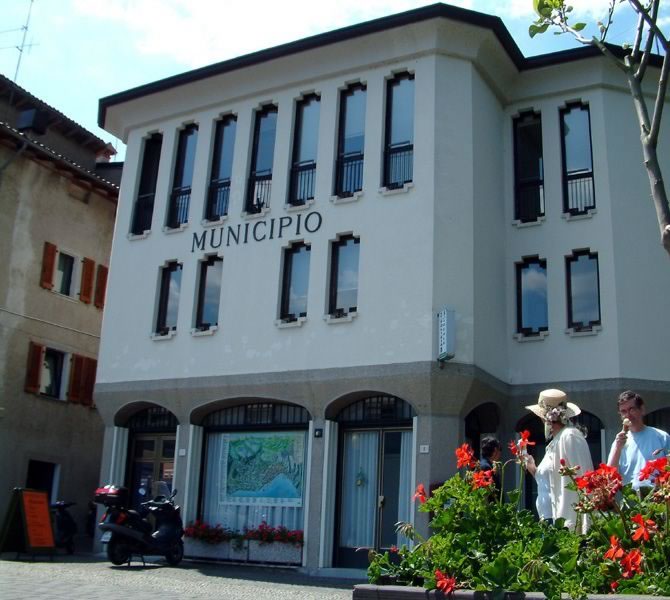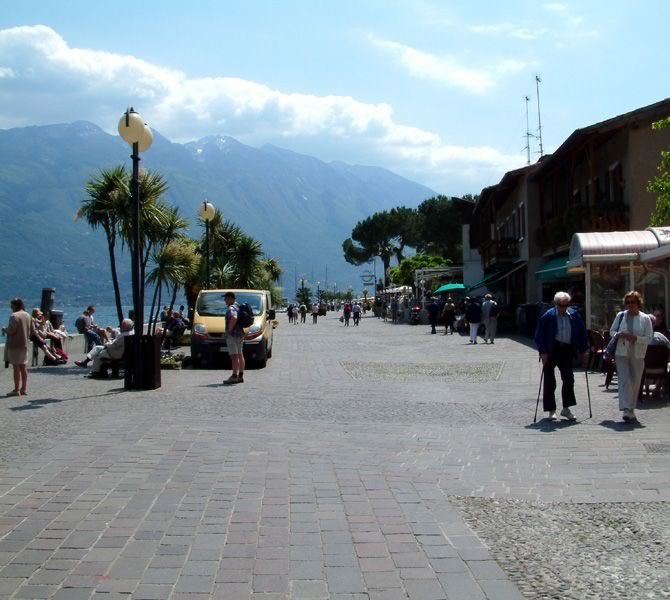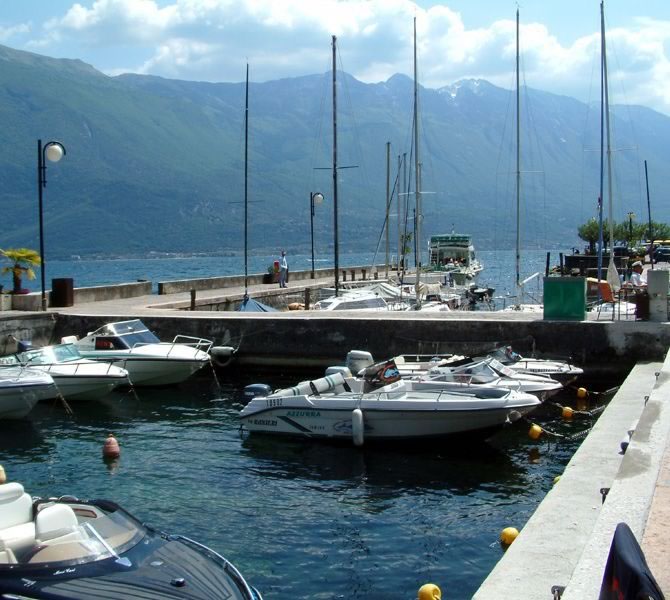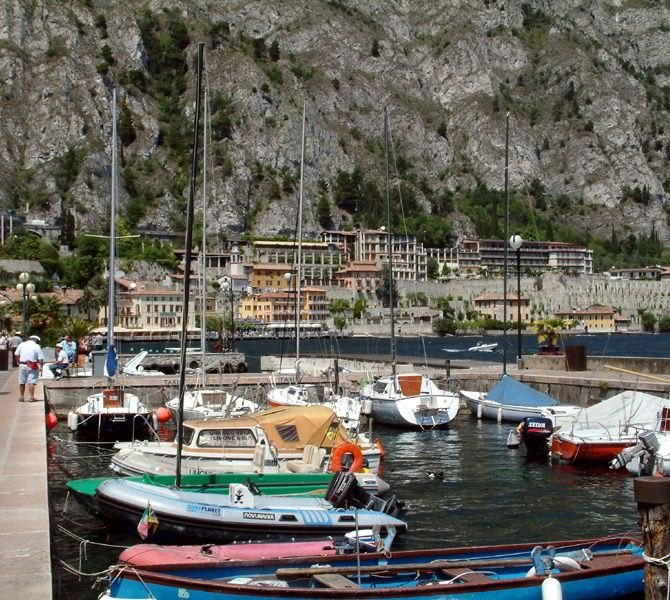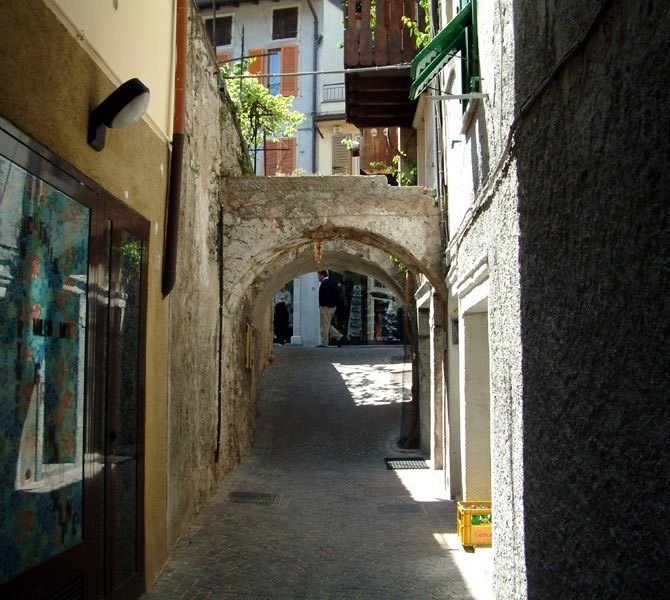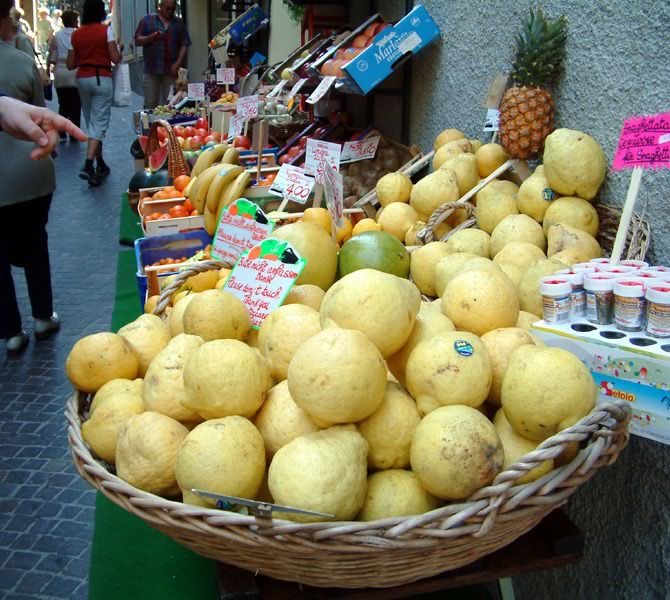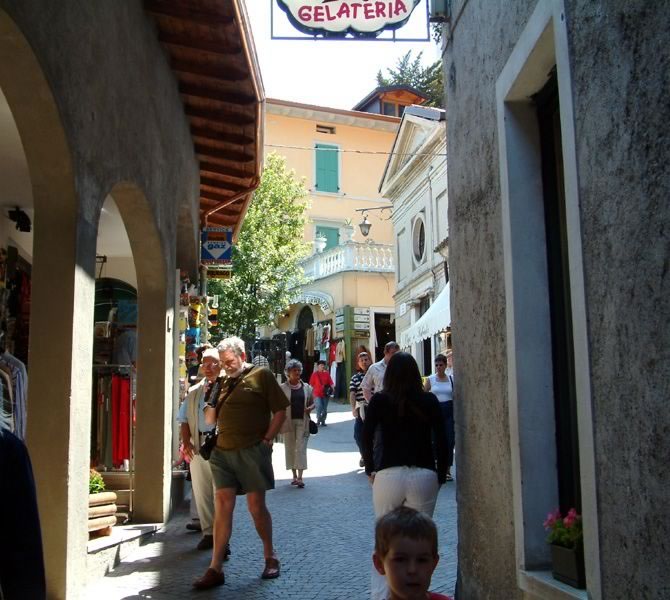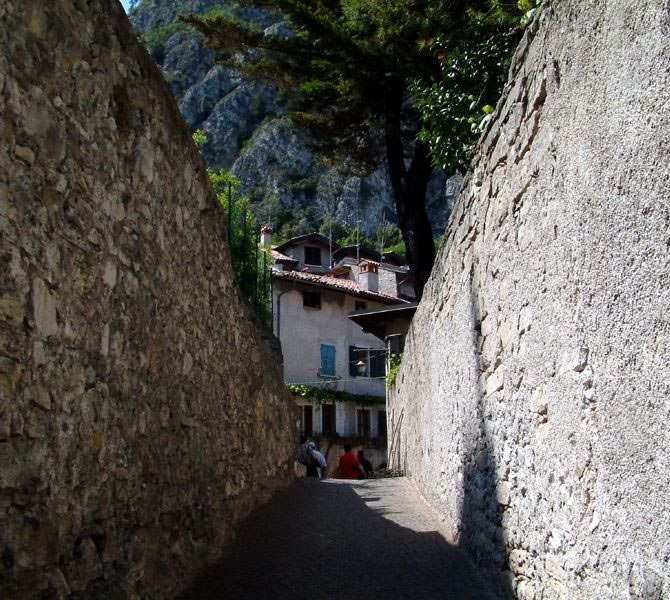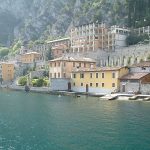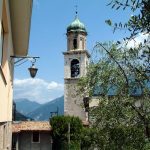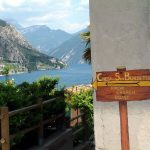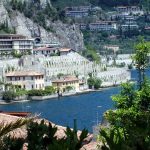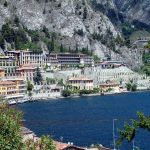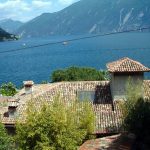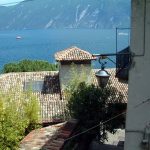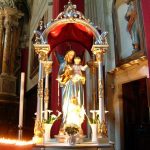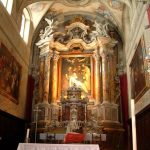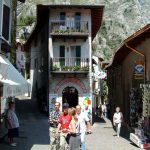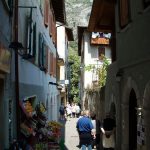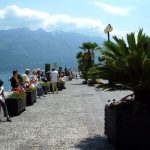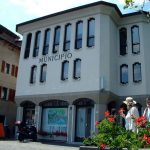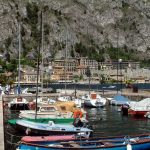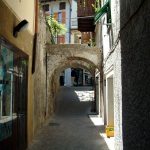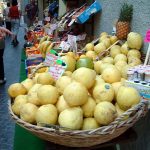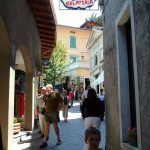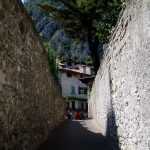Limone
HISTORY OF LIMONE
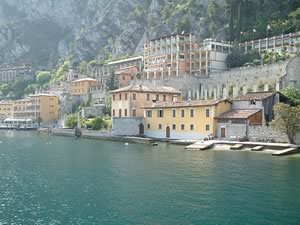 Its name does not derive from “Limone”, which means: “lemon”, but from the Celtic word “Limon“, which means: “elm-tree” or perhaps from the Latin word LIMES or LIMEN, which means: “frontier“.
Its name does not derive from “Limone”, which means: “lemon”, but from the Celtic word “Limon“, which means: “elm-tree” or perhaps from the Latin word LIMES or LIMEN, which means: “frontier“.
The first lemon-trees were cultivated here during the 16th. century. But only one hundred years later, these marvellous citrus-fruit plantations came into being, working severely and by the financial aid of the Bettoni Family.
Especially the famous poet Goethe was attracted to the beautiful lemon trees, he described the “Limonaie” like “a miracle of richness and fertility” in his travel diary of 1786.
ARTS
The parish of the town, consecrated to San Benedetto, was completely restored in 1691 by Andrea Pernici; base of the building were Roman ruins. In the chorus you can find two precious paintings by the artist Andrea Celesti (1637 – 1712) and a wonderful wooden crucifix. The marble altar (marble from Verona), was built in 1721 by Cristoforo Benedetti, the high altar in 1724 and the altar of Our Lady was finished in 1704. Nearby there is the Church San Rocco, also edified in the 15th. century. At the surface, on the lakeside, there is to see a beautiful sundial from 1707. (The church is opened only the 16th. of August, every year , at the religious festivity “San Rocco”). In the historical centre, next to Piazza Garibaldi, we can find “Casa Gerardi“, today seat of Inland Revenue. The building was constructed in the 17/18th. century with a wonderful black stoned outstanding loggia. A very interesting activity is, walking about the small narrow lanes of the pretty town. In the summertime the viola flower “Bourgainville” coloured all the antique facades, really.. an unforgettable view!
ATTRACTIONS
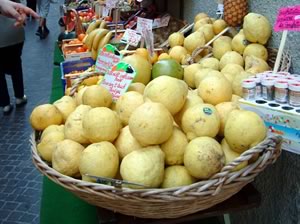 Original the inhabitants of Limone were fishermen, olive cultivators and gardeners of their green houses, called “Limonaie” Nearby the town, in Lake Garda, there were two famous spawn places of the salmon trout.
Original the inhabitants of Limone were fishermen, olive cultivators and gardeners of their green houses, called “Limonaie” Nearby the town, in Lake Garda, there were two famous spawn places of the salmon trout.
The small hamlet keeps its traditions and that particular charm, that conquers all visitors.
An Easter tradition is preparing “colombine”, delicious little cakes made by the pulp of the fig tree.
These doves = colombine are tethered at olive twigs and took along into the church for blessing.
Famous visitors were David Herbert Lawrence and Henrik Ibsen. But Limone got an international knowledge by virtue of blood examinations, made by the inhabitants in 1979. The results showed the existence of Apolipoprotein A- 1 Milano, a protein, protecting these people against heart attacks and artery diseases.
